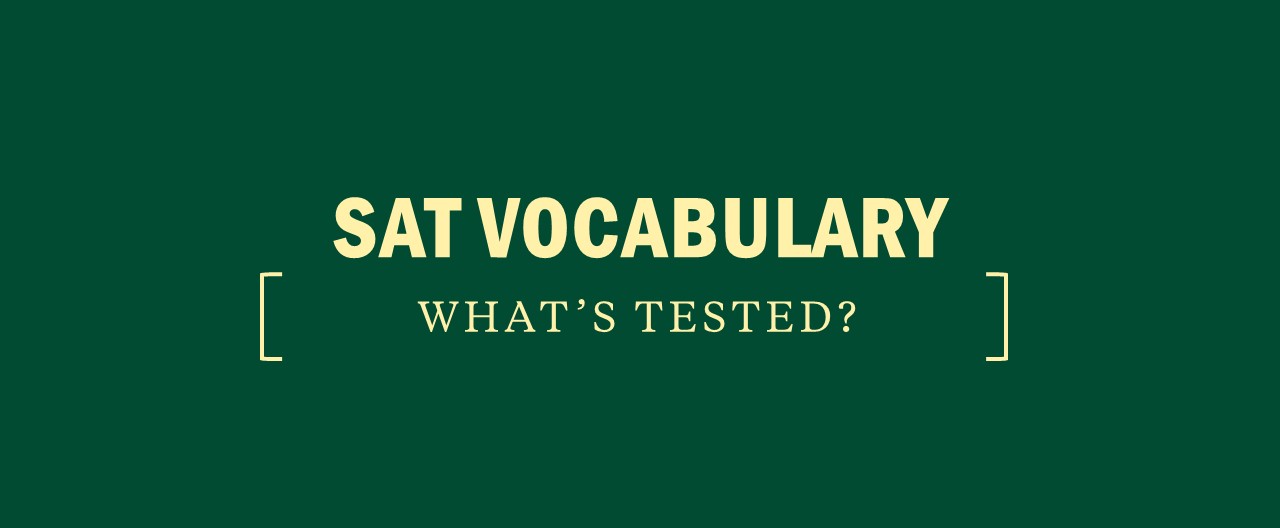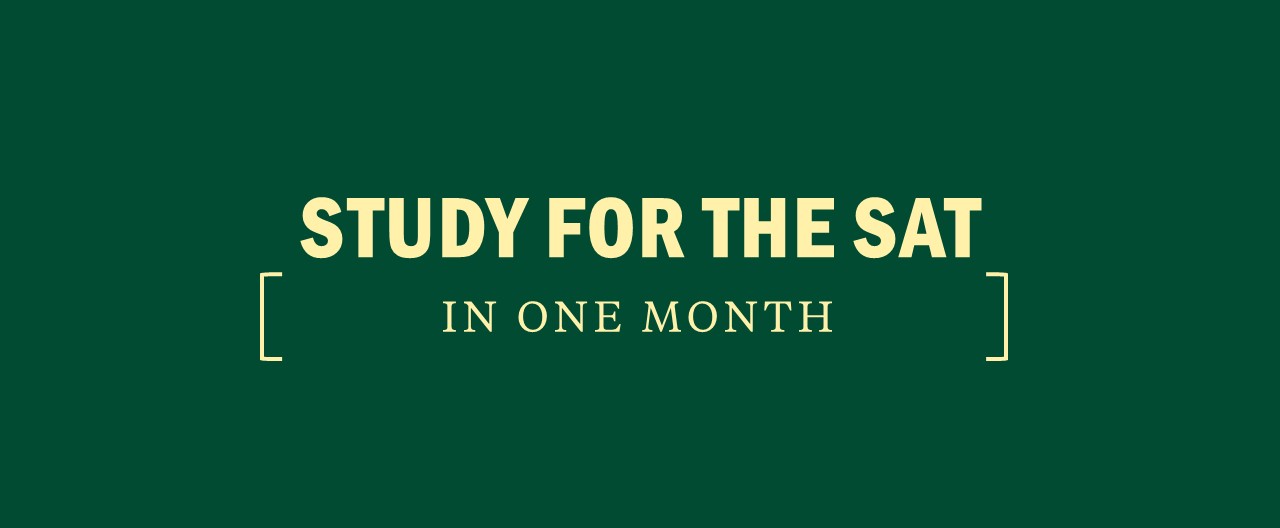5 Must-Know SAT Reading Tips
The process of reading passages on the SAT is not the same as reading materials for leisure or even for textbooks or other books you read for school. Every question on the SAT Reading and Writing section is accompanied by a short passage, typically about a paragraph in length. Your reading of each short passage should be tailored exactly to the question that is asked; you are not reading to learn everything about the passage, but only with the goal of answering a specific question. Whether you’ve been studying for months or haven’t touched a book and are taking the test tomorrow, the last-minute SAT Reading tips below will help you improve your SAT test-taking skills.
[ RELATED: Top 5 SAT Writing Tips ]
SAT READING QUICK TIPS:
- Tip #1: Use the Kaplan Method
- Tip #2: Look for Keywords
- Tip #3: Don’t Ignore the Passage Blurbs
- Tip #4: Use Only What the Excerpt Provides
- Tip #5: If You Skip a Question, Put Down an Answer
SAT Reading and Writing Section Timing
The SAT Reading and Writing section contains 54 questions, divided into two 27-question modules of 32 minutes each. Every question has its own short passage (or sometimes a short pair of passages) that accompanies it. The SAT includes passages in the following subject areas: literature, history/social studies, the humanities (topics such as the arts), and science. Use the tips below to learn how to maximize your efficiency – and your SAT score.
SAT Reading Tip #1: Use the Kaplan Method
SAT experts use a simple three-step method that takes advantage of this test format to help them tackle each question in the Reading and Writing section quickly and confidently.
Step #1: What is the question asking? Because each passage only has one question, reading the question before you jump into the passage will allow you to focus in on exactly what you need from the passage.
Step #2: What do I need to look for in the passage? Strategically read the passage based on what the question asks. Some question types can be answered by focusing on just a specific part of the passage. And whether you closely read the entire passage or only part of it, your reading approach will differ depending on the question type.
Step #3: What answer strategy is best? Once you have identified what the question is asking and tailored your reading approach appropriately, there are two strategies you can use to help you identify the correct answer:
- Predict and Match: Based on the question and your reading of the passage, make a prediction of the correct answer in your own words. Then look for an answer choice that matches your prediction.
- Eliminate: Analyze the answer choices one by one and rule out any that do not directly answer the question based upon the information in the passage.
SAT Reading Tip #2: Look for Keywords
No matter what type of question you’re answering, there are special types of words you should be on the look-out for in every SAT Reading and Writing passage. These words will help you understand the structure and viewpoints in every passage; the test makers specifically include these words as hints to help you answer the questions asked. The following table shows types of SAT keywords.
| Keyword Type | What the Keywords Indicate | Examples |
| Opinion | the author’s viewpoint | fortunately, disappointing, I suggest, it seems likely |
| Emphasis | what the author finds noteworthy | especially, crucial, important, above all |
| Continuation | a continuation of the same point | moreover, in addition, also, further |
| Contrast | a change in direction or a point of difference | but, yet, despite, on the other hand, however |
| Argument | the use of evidence to support a conclusion | thus, therefore, because, for example, to illustrate |
SAT Reading Tip #3: Don’t Ignore the Passage Blurbs
Some passages on the SAT Reading and Writing section are preceded by a short blurb that identifies the author, the year written, and the source of the passage. The blurbs may also provide some additional context to keep in mind that will help you understand the passage. These blurbs most often accompany literature passages. Be sure to read any blurbs to help you understand the context of the passage.
SAT Reading Tip #4: Use Only What the Excerpt Provides
Many of the passages on the SAT will be literature passages. These will be short excerpts from literary works, such as novels, short stories, and poems. Don’t worry if you haven’t read the source before; like every SAT Reading and Writing question, everything you need to answer the question is found in the text itself. In fact, if you are familiar with the source, be careful to use only what the excerpt provides on the SAT, not your outside knowledge, to answer the question.
Literature passages are naturally less factual than other SAT passages. When you encounter a literature passage, approach it as you would any SAT Reading and Writing question: first analyze the question stem, then the passage, before you use an answering strategy. When reading the passage, keep in mind that literature passages often emphasize literary elements: characters, settings, themes (the main idea or message of the passage), and figurative language. Questions on literature passages often concern these types of literary elements.
SAT Reading Tip #5: If You Skip a Question, Put Down an Answer
There’s no wrong answer penalty on the SAT, so you should make sure you answer every single question. If you need to skip a question, enter a guess on the off-chance you don’t have time to come back to it later. You don’t want to be scrambling to enter guesses to your skipped questions as time is running out.
Test your readiness for the SAT with our free practice quiz.






